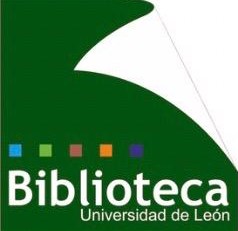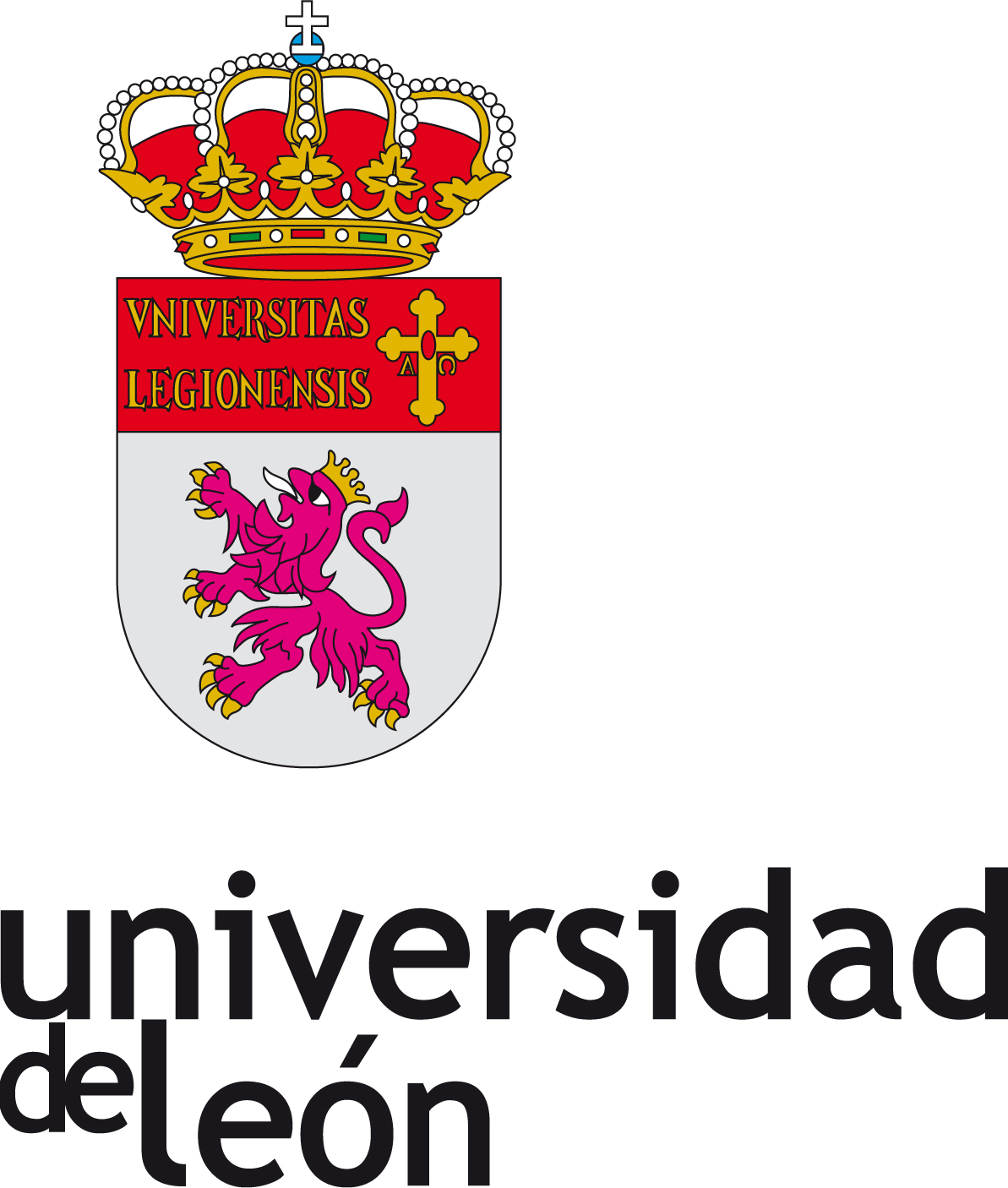Compartir
Título
But - What does it mean? A case study of a clinical report
Autor
Título de la revista
Livius
Editorial
Universidad de León
Fecha
1997-10-23
ISSN
1132-3191
Resumen
A high degree of isomorphism is often assumed to exist between fairly
closely related languages in the translation of scientific, especially medical,
texts. This isomorphism may be reflected in the communicative situation,
specific genres and their associated formats, and down to the terminology,
much of which is derived from, and created from, Greek and Latin. On the
other hand, each language is known to have its own peculiarities and
preferenees. The tension generated between these two opposing forees can
lead to anomalies, particularly if, in the translation process, the sentence
is taken as the largest translation unit. We report a case of "malignant
equivalent frequency syndrome" presenting as a dysfunction in the transfer of
coordinated BUT sentences to structures of equivalent frequency, which
was associated with disturbed textual patterns and impaired communicative
function. Expression of other closely related syntactic structures was
normal, but some microstructural elements were either altered or absent
Materia
URI
Aparece en las colecciones
- Livius- nº 10 (1997) [18]
Ficheros en el ítem
Nombre:
Tamaño:
3.327
xmlui.dri2xhtml.METS-1.0.size-megabytes
Formato:
Adobe PDF













